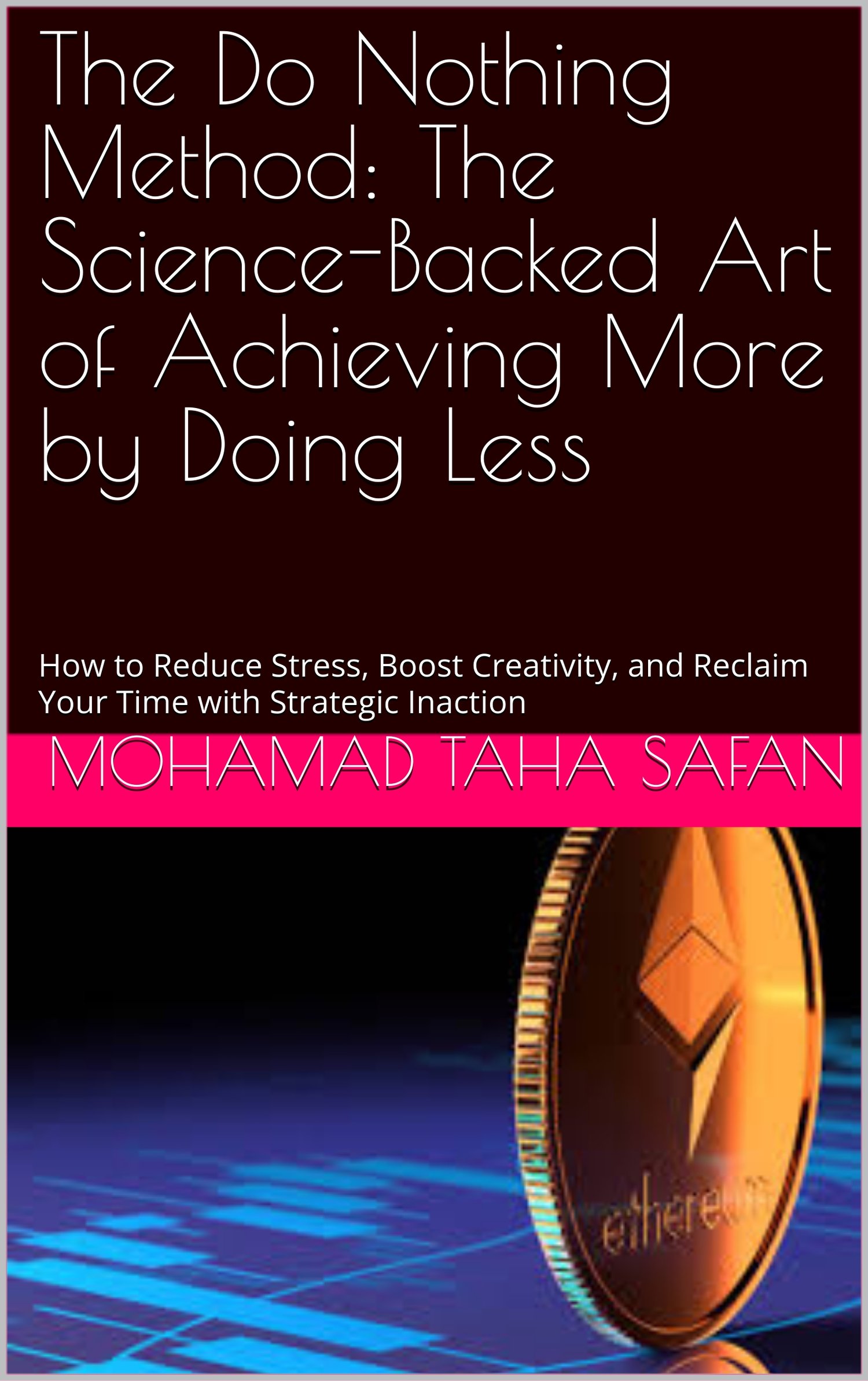
The Do Nothing Method: The Science-Backed Art of Achieving More by Doing Less
In a world obsessed with hustle culture, **"The Do Nothing Method"** flips the script on productivity. Backed by neuroscience, historical examples, and corporate case studies, this book proves that **strategic inaction**—purposeful stillness—is the key to creativity, focus, and sustainable success.
### **The Science of Strategic Inaction**
Your brain doesn’t stop working when you do. Neuroscientists call this the **Default Mode Network (DMN)**—a mental state activated during rest that fuels creativity, problem-solving, and emotional balance (*Neuron Journal*). Suppressing it with constant busyness leads to burnout and shallow thinking.
**Historical Proof:**
- Einstein’s theory of relativity emerged from "thought experiments" during violin breaks.
- Newton discovered gravity while sitting under an apple tree.
- Archimedes shouted "Eureka!" in his bath, not a lab.
**Key Insight:** Forcing solutions backfires. Breakthroughs happen when you **stop pushing** and let your mind work in the background.
**Try This:** Schedule **10 minutes of "structured nothingness" daily**—no devices, no planning. Just sit or walk mindlessly.
### **The 3 Laws of Doing Nothing Right**
1. **Wu Wei (Unforced Effort):** Like water flowing around rocks, the best work feels effortless.
- *Example:* A CEO’s shower epiphany solved a weeks-long branding dilemma.
2. **Incubation:** Let ideas simmer. Steve Jobs held walking meetings; Google’s "20% Time" policy birthed Gmail.
3. **Receptive Productivity:** Wait for the mental "click." A Silicon Valley exec doubled his company’s innovation rate by blocking **90 daily minutes of blank space**.
**Avoid the Trap:** Strategic inaction ≠ laziness. It’s active recovery, like an athlete resting between sprints.
### **Enemies of Stillness (And How to Beat Them)**
1. **Hustle Culture:** "Busy = Important" is a myth. Stanford proves productivity nosedives after 50-hour workweeks.
- *Fix:* Report outcomes, not hours. Microsoft teams now do this.
2. **Digital Distractions:** The average person checks their phone **144 times/day**, fracturing focus.
- *Fix:* Use grayscale mode (reduces dopamine hits by 43%) and "Do Nothing Zones."
3. **Guilt:** 72% of professionals feel guilty resting, yet 88% of breakthroughs happen off-clock.
- *Fix:* Reframe rest as "productive recovery." Slack employees use "Think Time" statuses.
**Toolkit:**
- A **"pause trigger"** (e.g., a smooth stone) to resist hustle urges.
- The **5-5-5 Rule:** Ask, *"Will this matter in 5 days/months/years?"*
**Practical Tools for Everyday Life**
- **Micro-Pauses:** 60-second resets (window gazing, breath counts) lower stress hormones.
- **Analog Anchors:** A notebook for doodling or a "thinking rock" signals downtime.
- **The Empty Hour:** Weekly tech-free solitude boosts creativity by 40% (University of York).
**Note:** These complement—but don’t replace—professional mental healthcare.
**Doing Nothing at Work (Without Getting Fired)**
High performers use stealth tactics:
- **Walking Meetings:** 60% more creative than sitting (Stanford).
- **5-Minute Rule:** Pausing before responding cuts workplace conflict by 73% (Harvard).
- **"Quiet Wednesdays":** Intel’s no-meeting policy increased patents by 17%.

